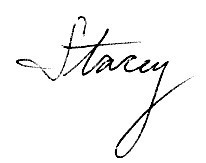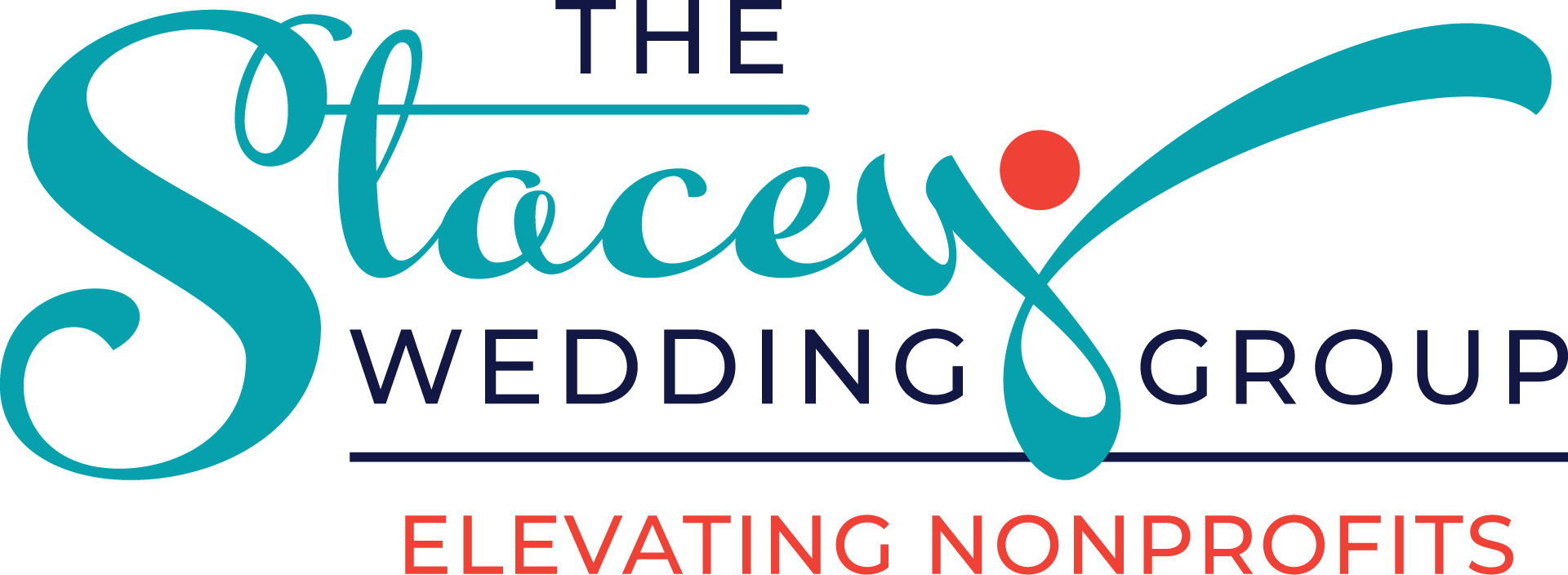Some articles stay with you. This was one of those for me. In just one article, Vu Le had my head spinning (more like exploding) about dysfunctional nonprofit governance models and opportunities to innovate. While I am still processing parts of this article, there is one thing I unabashedly agree with: the nonprofit board governance model needs to change. How to achieve this is a complex and different matter. Coffee and wine to the rescue!
My Recent Experience with a Non-Traditional Board Model
Recently, I was asked to serve on the board of a local nonprofit whose mission I am deeply passionate about. Before jumping in with both feet, I did some research. In the process, I learned that the founder, a wealthy philanthropist, underwrites the expenses related to this 501(c)(3) nonprofit each year. There are no other revenue sources. [I went into nonprofit nerd mode, wondering how this org maintains public charity status. And how did they even qualify as a public charity since they are nothing more than one person’s pet project? Shouldn’t they have been established as a private foundation or donor advised fund? Anyway, I digress…]
Some Basic Info
- This organization stays under the radar. Their annual gross receipts are less than $50,000, so they do the simple 990-N e-postcard filing.
- They have a board of one—the founder—who serves all positions. Yes, this is legal in Nevada.
- While he has no governing board other than himself, he has an active advisory board of 9 members. This group shapes the organization’s programming, supports his vision, and handles some of the basic administrative tasks.
- They have no fundraising responsibilities because the organization doesn’t raise money of any kind.
- The nonprofit pays for professionals external to the organization to handle legal and accounting needs.
- The founder receives no tangible benefits other than an annual charitable deduction.
- The nonprofit pays advisory board members a small stipend to attend board meetings. As the founder justified to me, they are giving their time and spending money (mileage) to attend. In his mind, this warrants payment. They also receive a small stipend if they present at one of the workshops this organizations offers.
Inner Tension
After my self-initiated research project—also known as Sleuth Stacey to the rescue—I had a visceral reaction. This model felt wrong, unethical, and counter to everything I know and teach. It also lacks the true nonprofit spirit I’ve become accustomed to– giving with no need for something in return. After letting my initial reaction pass, I then began to ask the tough questions. Am I protecting and preserving default governance systems and structures because my livelihood depends on it? And why am I doing this when in my gut I know these antiquated designs are no longer working?
In all fairness, there are pieces of this model that are, in fact, working—for him, for those he serves, and for the community at large. He has active advisory board members and a growing audience of at least 100 individuals regularly benefiting from programming. Fundraising is a non-issue. And the organization is meeting most minimum legal requirements (with the exception of the public charity status noted above).
What I Decided
Ultimately, I declined the offer, as I couldn’t get past a public charity being controlled by one person. Vu Le mentions some models with three person boards that meet the basic minimum legal requirements of their respective states. I am not convinced this is the best model either, but I am more comfortable with three board members versus one. After all, nonprofits shouldn’t be monarchies.
All of this, though, begs the question. Is there a happy medium between our current board governance model that is broken and a new, improved governance model that actually works? Now feels like as good a time as ever to rid ourselves of antiquated structures that have been passed down with no thought. Status quo is too great a cost for nonprofit missions, the communities they serve, and the sector as a whole.
To Be Continued…
I don’t have an answer or a solution. At least not yet. But thanks to Vu and some of the other change agents he mentioned, this will be on my mind. If I’m lucky, a brilliant solution will strike me while in the shower. Until then, I will work to move boards toward greater intentionality about how they structure themselves.
Stay tuned for future updates! And drop me a line to let me know what you think. Should we banish traditional governance models?
Hat tip to breaking the status quo,


